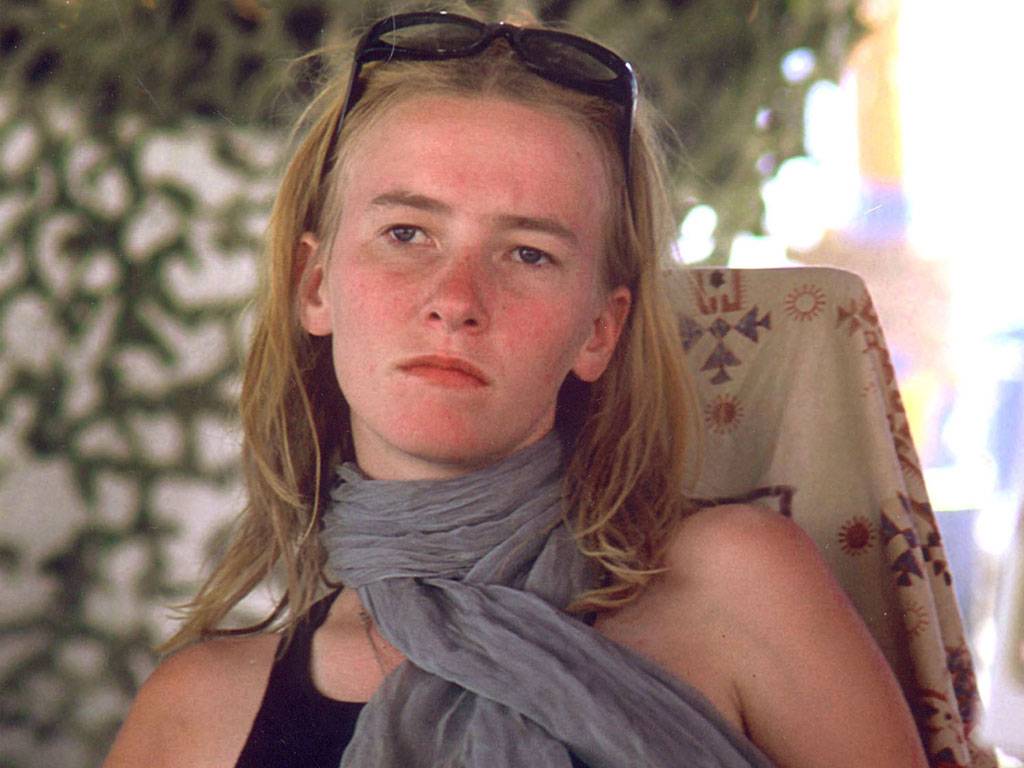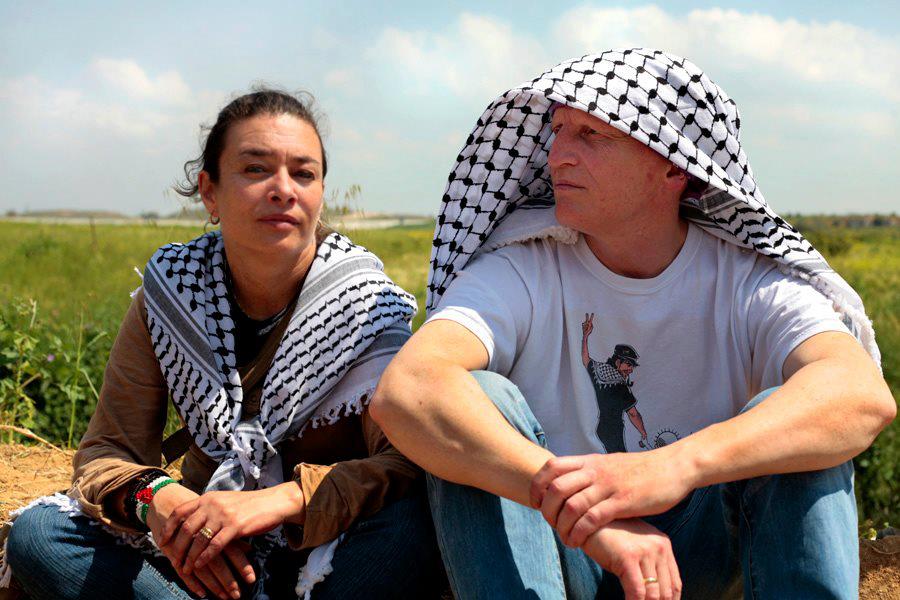Tag: Gaza
-
“Soldiers opened fire at our boat and engine. We were about to sink”
21st March 2014 | International Solidarity Movement, Rosa Schiano | Gaza, Occupied Palestine On Tuesday, 11th March, Israeli naval forces arrested two Palestinian fishermen and confiscated their fishing boat off the coast of Gaza City. The two cousins, Shabaan Abu Ryala (33) and Jihad Abu Ryala (24), both from al-Shati (“Beach”) refugee camp, went to fish at 7:00…
-
Remember Rachel
16th March 2014 | International Solidarity Movement | Occupied Palestine On this date 11 years ago, ISM volunteer Rachel Corrie was brutally murdered by the Israeli army in Gaza. Rachel was 23-years-old. This interview was filmed two days before Rachel was killed and her words are still unfortunately relevant when describing the situation in Gaza.…
-
“When we see that our efforts are making a difference, it is easier to continue”
11th March 2014 | International Solidarity Movement, Charlie Andreasson | Gaza, Occupied Palestine On Christmas Day 2013, a small armada of tank trucks drove around Jabaliya, the largest refugee camp in the Gaza Strip and one of the areas severely affected during the recent floods. Clean water is in short supply here, and many households are forced…



